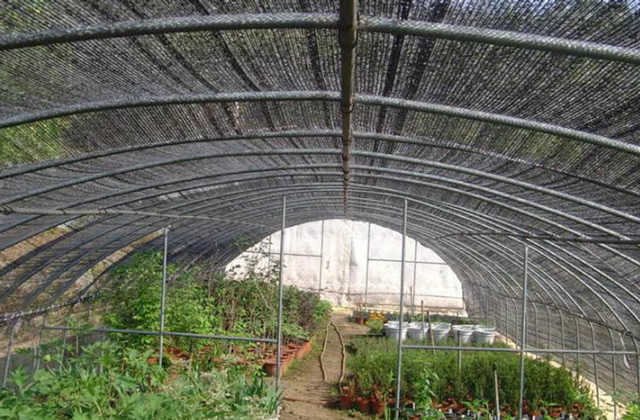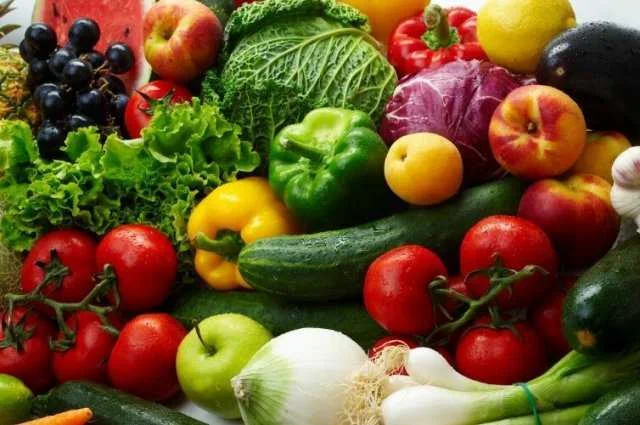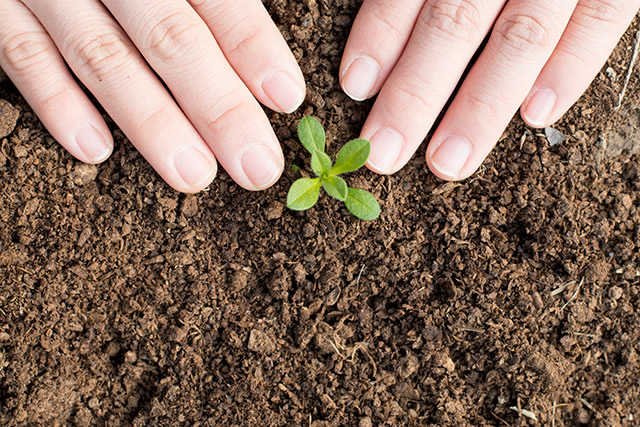How much is the benefit of the benefit of vegetable cultivation of vegetable cultivation?
1. The benefits of covering vegetable cultivation
1. Prevent the impact of heavy rain
After covering the shade net, the heavy rain can be turned into small rain to prevent the direct impact of rainwater on seeds, seedlings, plants and soil. Therefore, the coverage of the shade net can play a role in improving the seedling rate, protecting the seedlings and preventing soil plate knots, avoiding heavy rain pairs.The mechanical damage caused by plants and promote the growth of plants, which is the main reason why summer and autumn covered with cultivation leafy dishes.
2. Prevent the radiation of strong light
After covering the shade net, it can prevent strong light radiation, which can greatly reduce the rate of sowing or transplanting the seedlings or transplants in the summer and autumn high temperature and strong light season.At the same time, after covering the shade net, it is also conducive to the photosynthesis of vegetables and improves yield and quality.
3. Reduce temperature
In the southern region, due to the effect of high temperature in summer, it is extremely unfavorable to the growth and development of plants. After covering the Shading net, it can reduce the temperature in the network, create a more suitable temperature environment, avoid the adverse effects of high temperature on plant crops, and promote the promotionThe growth and development of plants are conducive to the potential for production.
4. Reduce evaporation, moisturizing and drought -proof
The covering net covering cultivation vegetables can not only greatly reduce Solar radiation, but also reduce the evaporation of soil moisture. It can reduce the amount of water evaporation by about 60 % -70 % than the open field cultivation, thereby reducing the number of watering and irrigation, increasing the high temperature and drought seasonThe moisturizing ability of the soil is conducive to plant growth.
5. Insulation and cold, anti -frost
In addition to the cultivation of summer anti -thermal and rainfall coverage, the Shading net can also be used for early spring prevention and night cream, late autumn prevention early frost, autumn and winter anti -freezing damage and other coverage cultivation.It is used when the temperature is low in winter. When it encounters severe frost, it can delay the occurrence of frozen merging process, reduce frost damage, and make the crops safely overwinter.
6. Reduce disease
After covering the Shading net, it can significantly reduce the occurrence of virus disease, especially the aphid avoidance and anti -virus disease covering the silver -gray shade net. Generally, its anti -prevention efficiency can reach more than 85 %.

7. Improve the survival rate of seedlings and the quality of seedlings
The high temperature and strong light in the south in the south make seedlings more difficult, the survival rate of seedlings is low, and the seedlings of seedlings are poor. In the summer, the use of Shading nets is covered with cultivation seedlings, which can improve the quality and survival rate of seedlings.20 % -80 %, comprehensive indicators such as plant height, development, leaf number, stem thickness, and single plant weight can be increased by 30 % -50 %.
8. increase output and relieve the off -season
In the southern area, summer and autumn are affected by tropical cyclone, high temperature, high humidity, high temperature drought, and strong light. It is extremely unfavorable to plant growth and development. It is difficult to produce and decline in production. It is the main reason for the summer and autumn season.The use of Shading coverage can effectively solve the problem. Generally, it can increase production by 20 % -50 % or more, and the income increase of about 30 % -100 %.Therefore, the coverage of the shade net can increase the variety of market color, improve production and quality, and alleviate the tension of production and supply of off -season production and supply have important practical significance.
9. Easy to use, save labor, reduce production costs
Compared with the traditional coverage materials, the Shading net covers the advantages of high strength, aging resistance, light texture, convenient use of transportation, low labor strength, etc., and also has provincial labor, low energy consumption, low cost, high yield, high -efficiency, high -efficiency, efficient, high -efficiency, and efficient efficiency.Features.
2. How good is the Shading rate of the vegetable Shading net?
When buying a Shading net, we must first clarify how high the Shading rate of your shed.Under the direct sunlight in summer, the strength of the light can reach 60,000 to 100,000 Lax. For vegetables, the light saturation point of most vegetables is 3-60,000 tolex.Lax, 55,000 cucumbers, and 70,000 Lax's light saturation points of tomatoes.Excessive light will affect the optical fitting effect of vegetables, leading to the absorption of carbon dioxide, excessive breathing strength, etc., and the phenomenon of optical "lunch break" in natural conditions is created.Therefore, the use of a suitable Shading metering net can not only reduce the temperature in the shed around noon, but also improve the optical efficiency of vegetables, and get two birds with one stone.
The black Shading metering rate is high, which can reach 70%. Using a black sunshade net, the light strength does not meet the normal growth needs of tomatoes, which can easily cause tomato to grow long and lack of photosynthetic products.Most of the silver -gray Shading mesh is 40%~ 45%, and the light transmission rate is 40,000 to 50,000 Lax, which can meet the normal growth needs of tomatoes.So tomatoes are best covered with silver -gray Shading nets.You can choose a Shading net with a high light saturation point with peppers. For example, the shielding rate is 50%-70%to ensure that the light in the shed is about 30,000 Lax;For the type of vegetables, you should choose a Shading net with a low shielding rate, such as 35%-50%of the shielding rate, and ensure that the light in the shed is 50,000 Lax.

